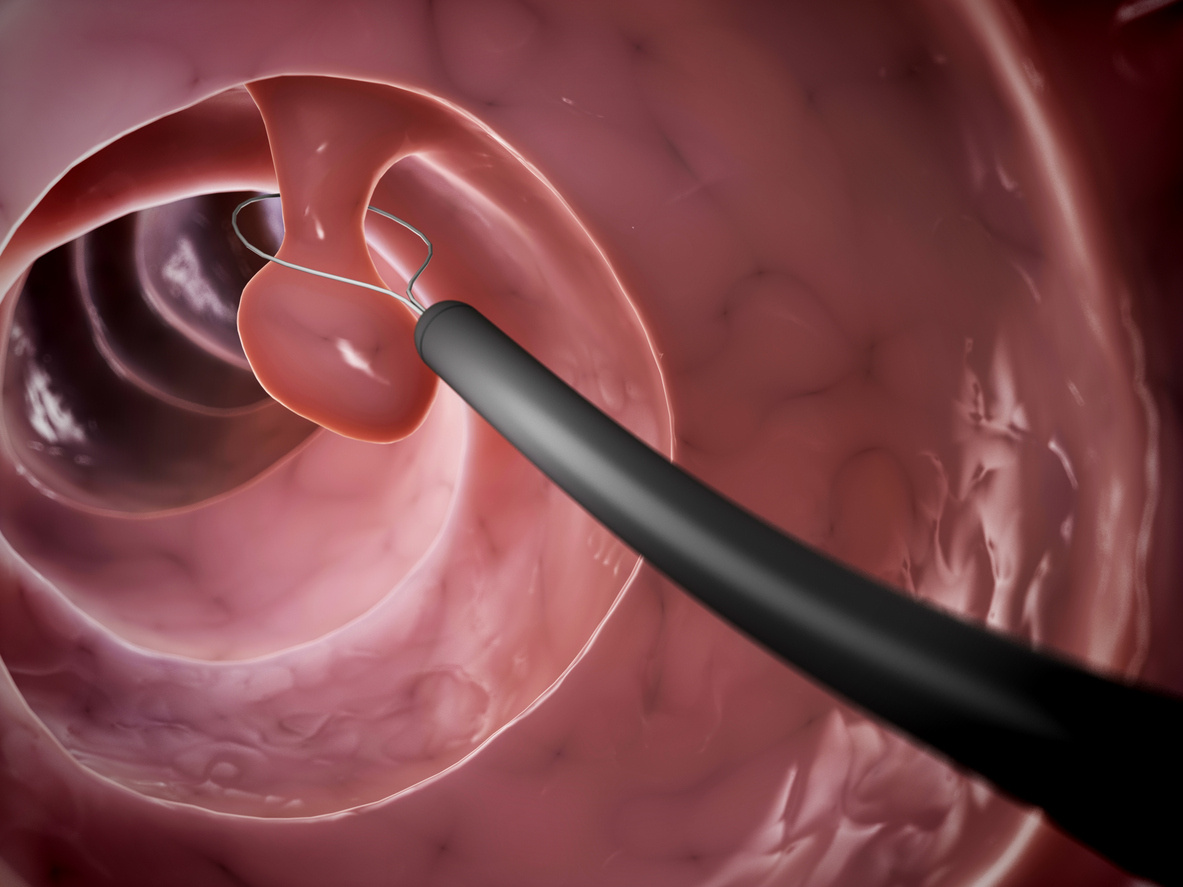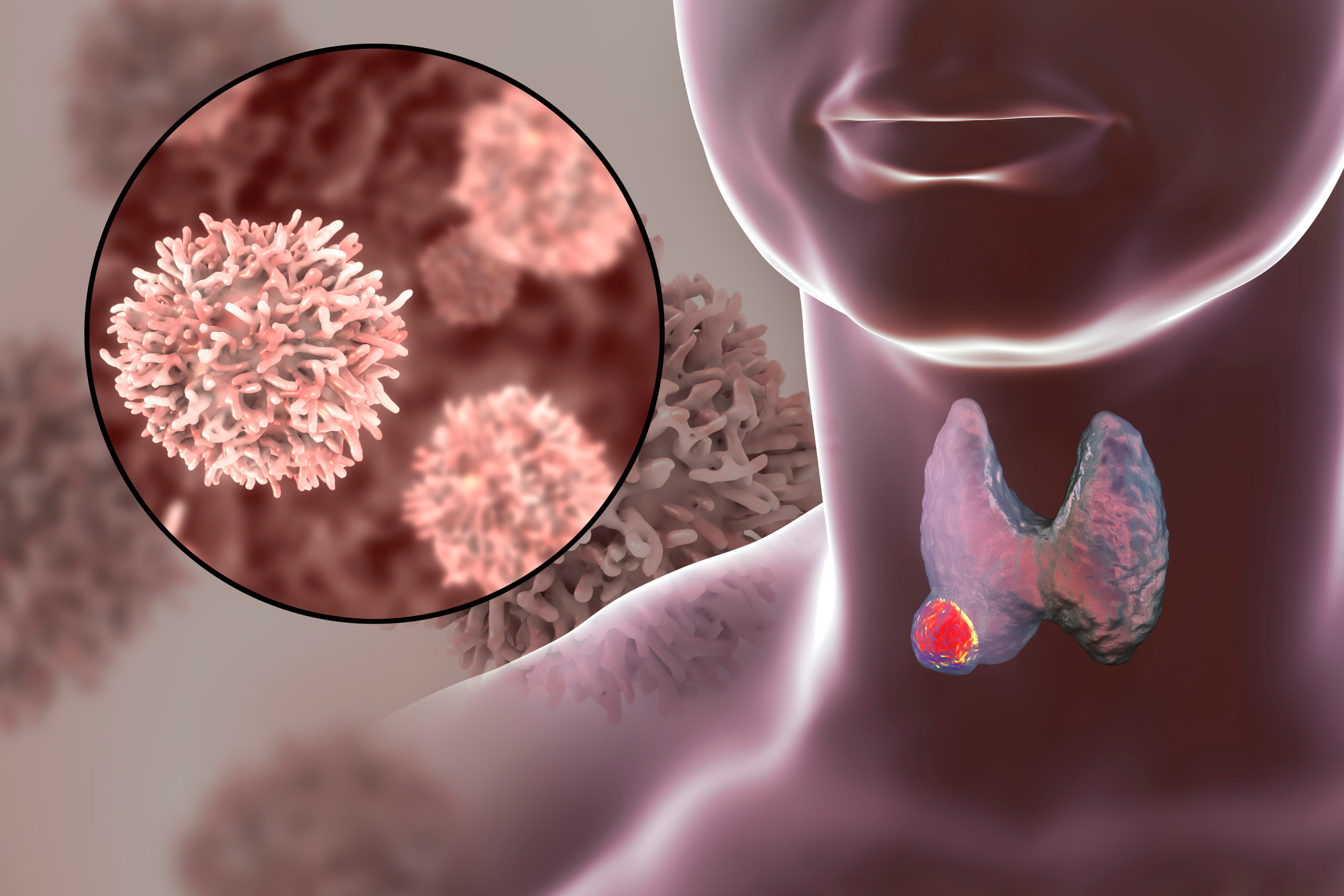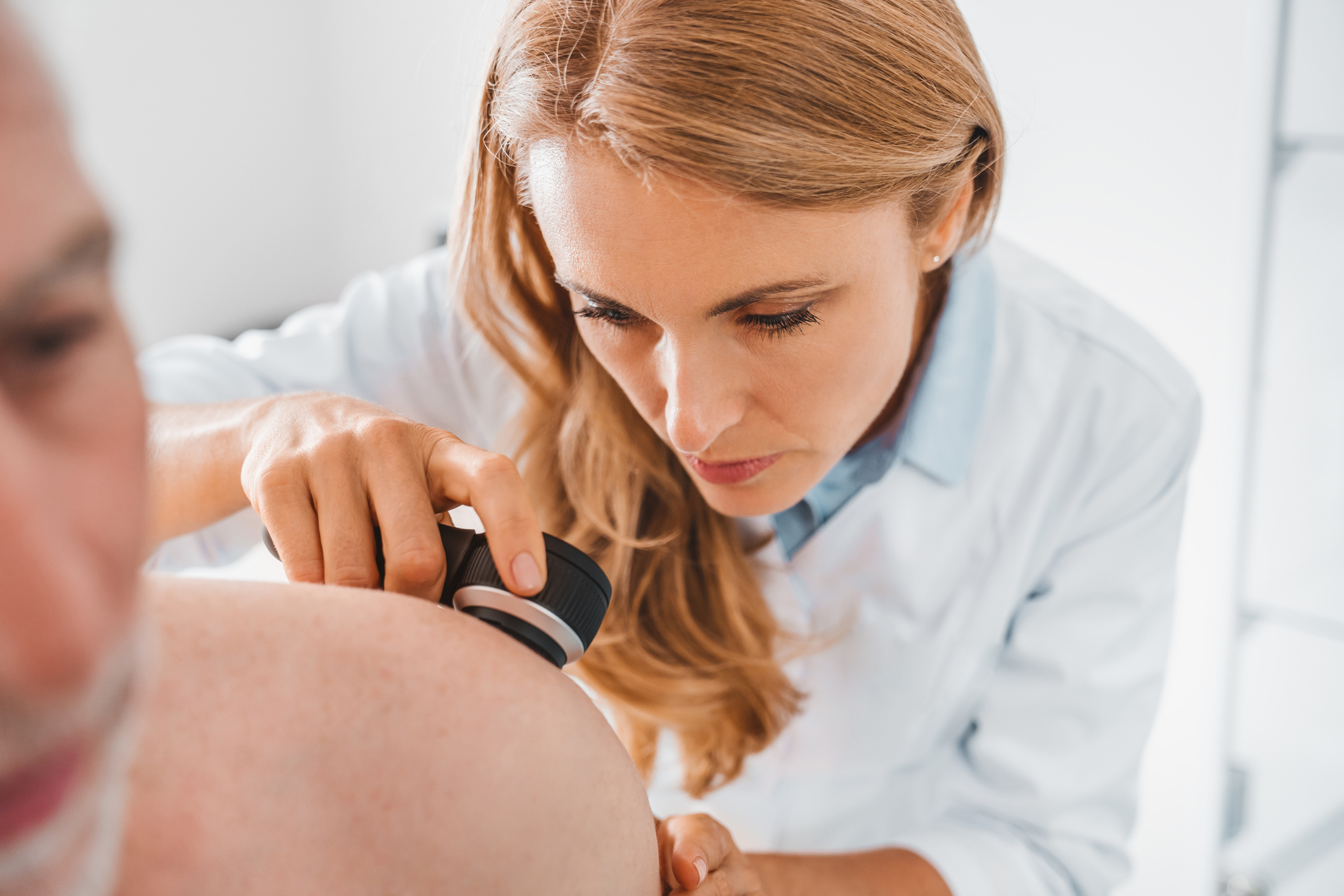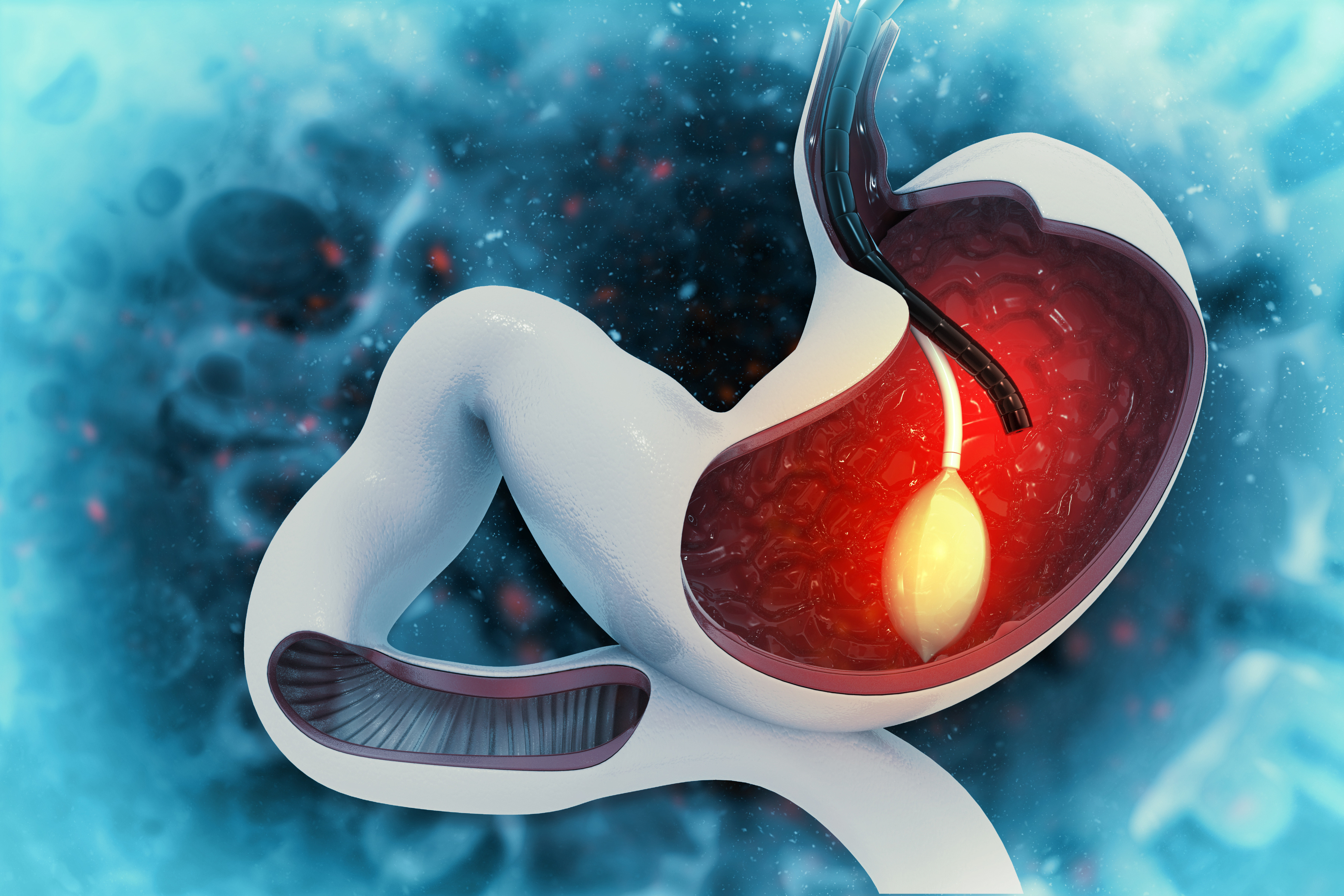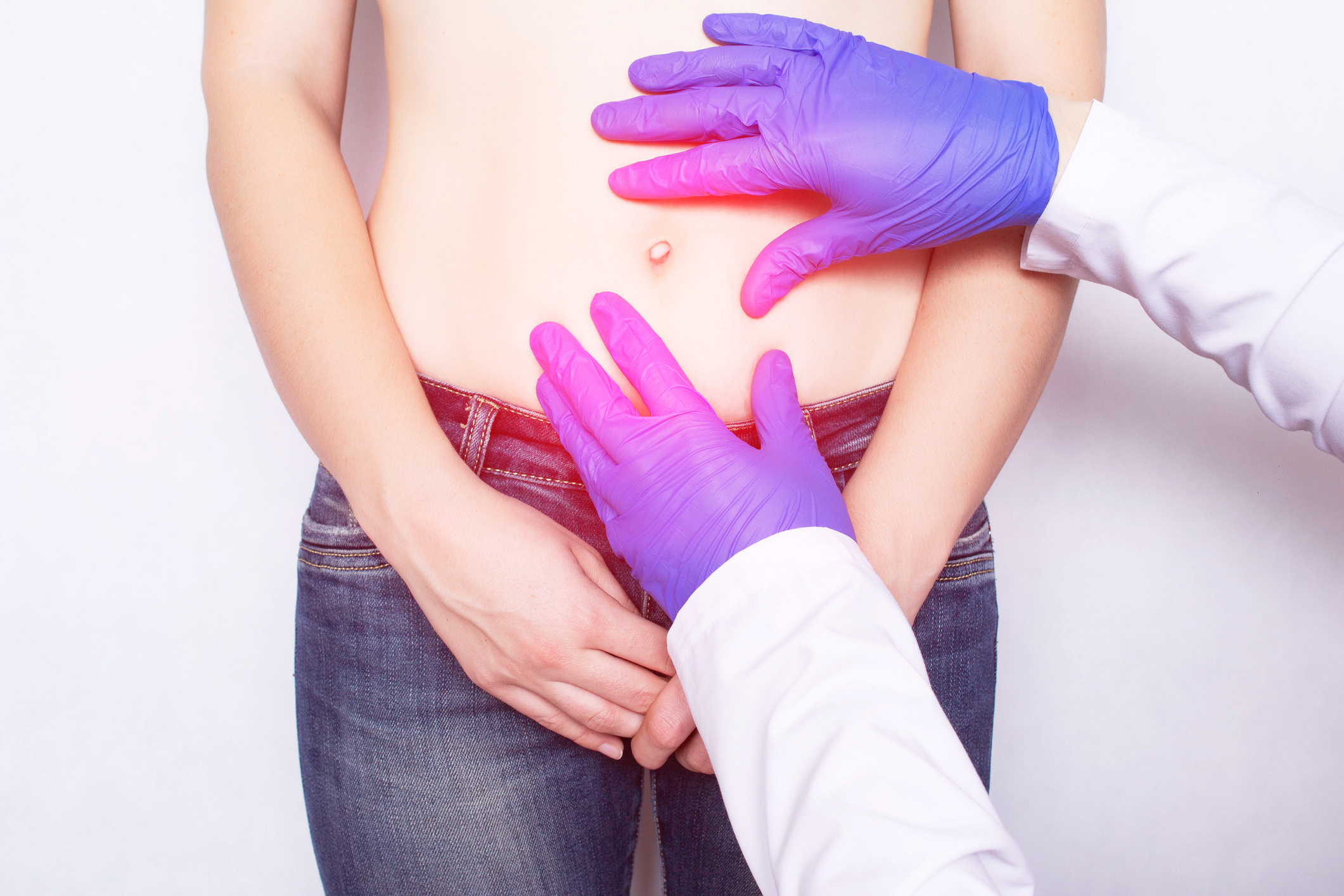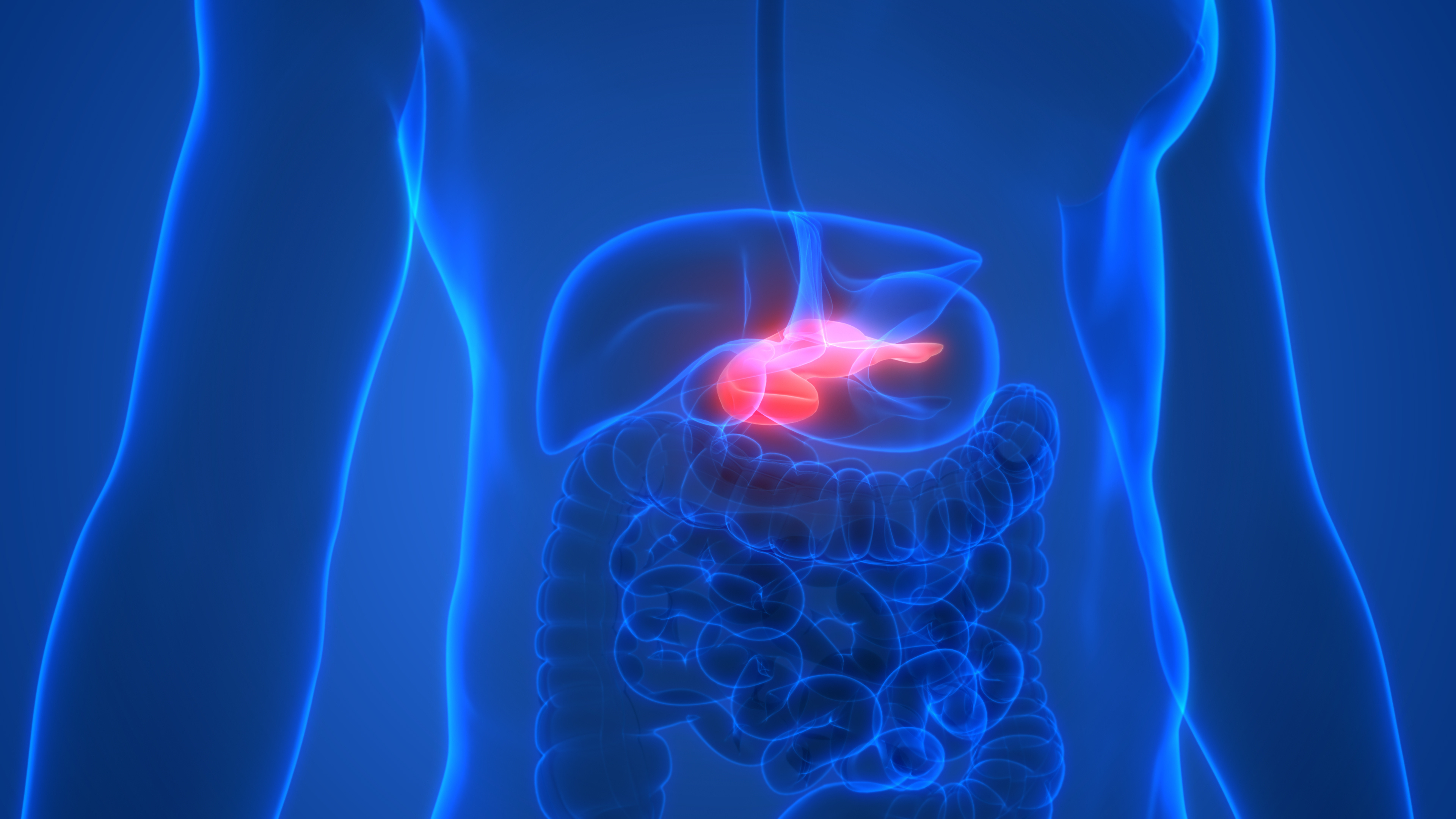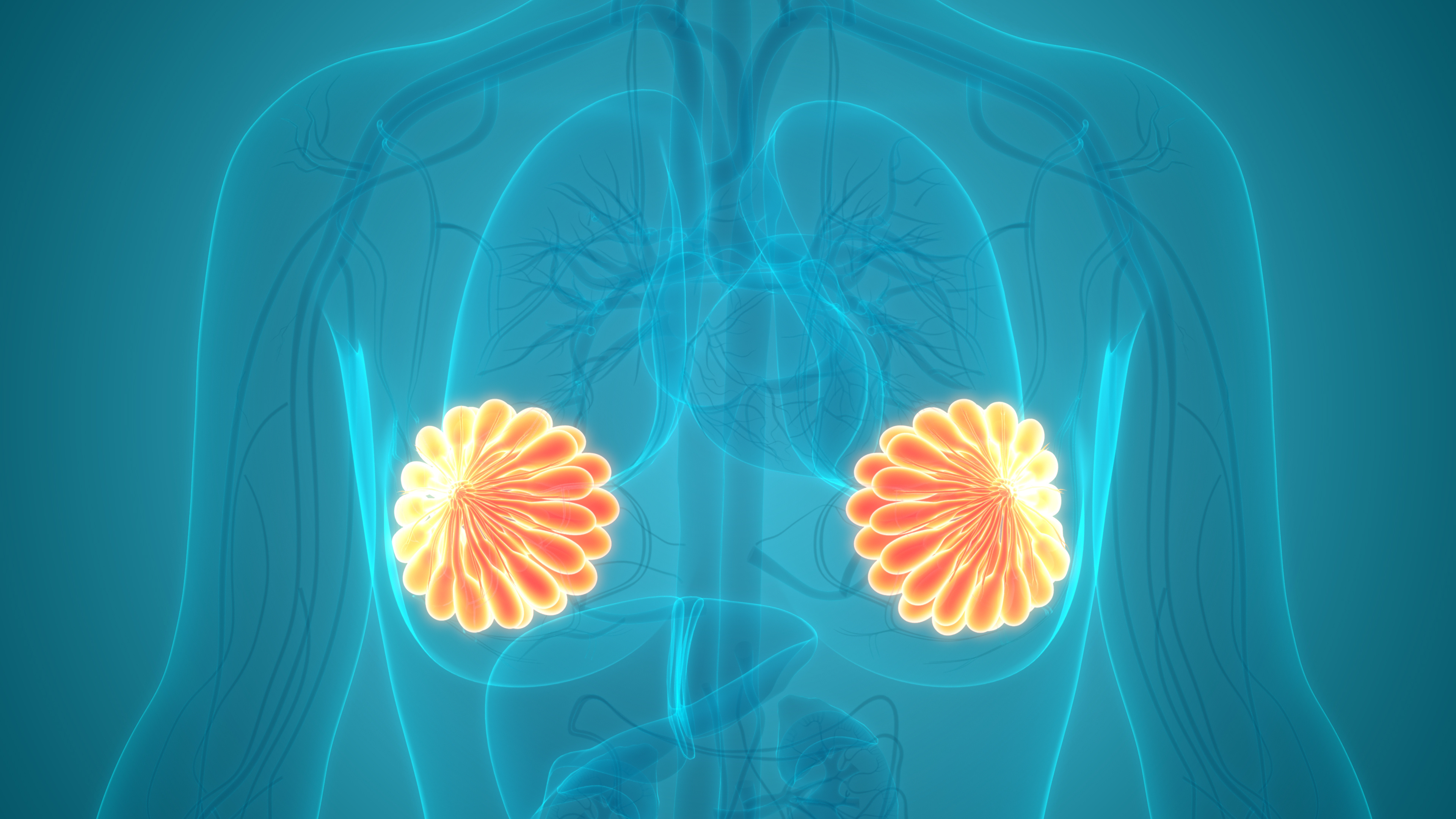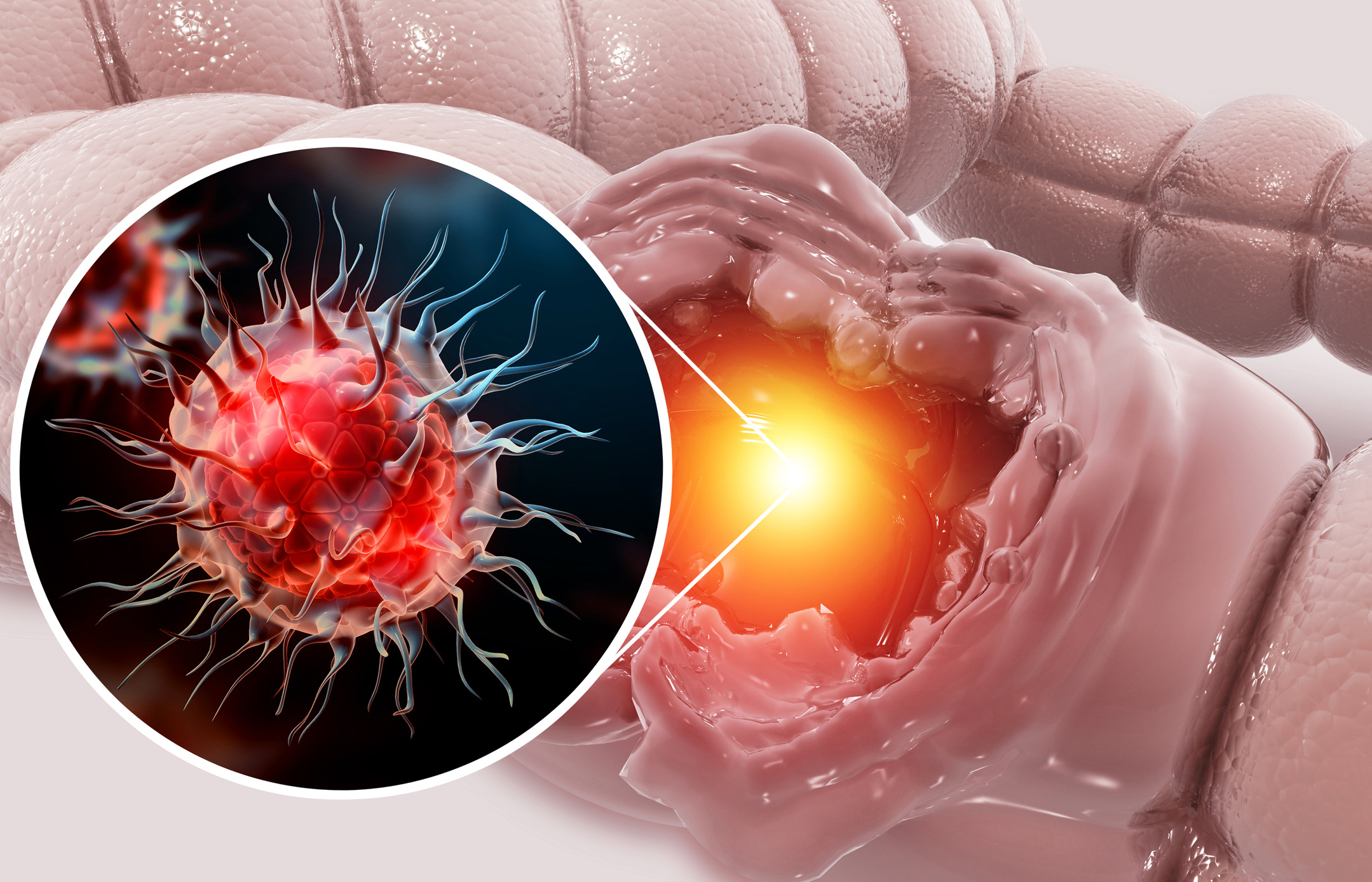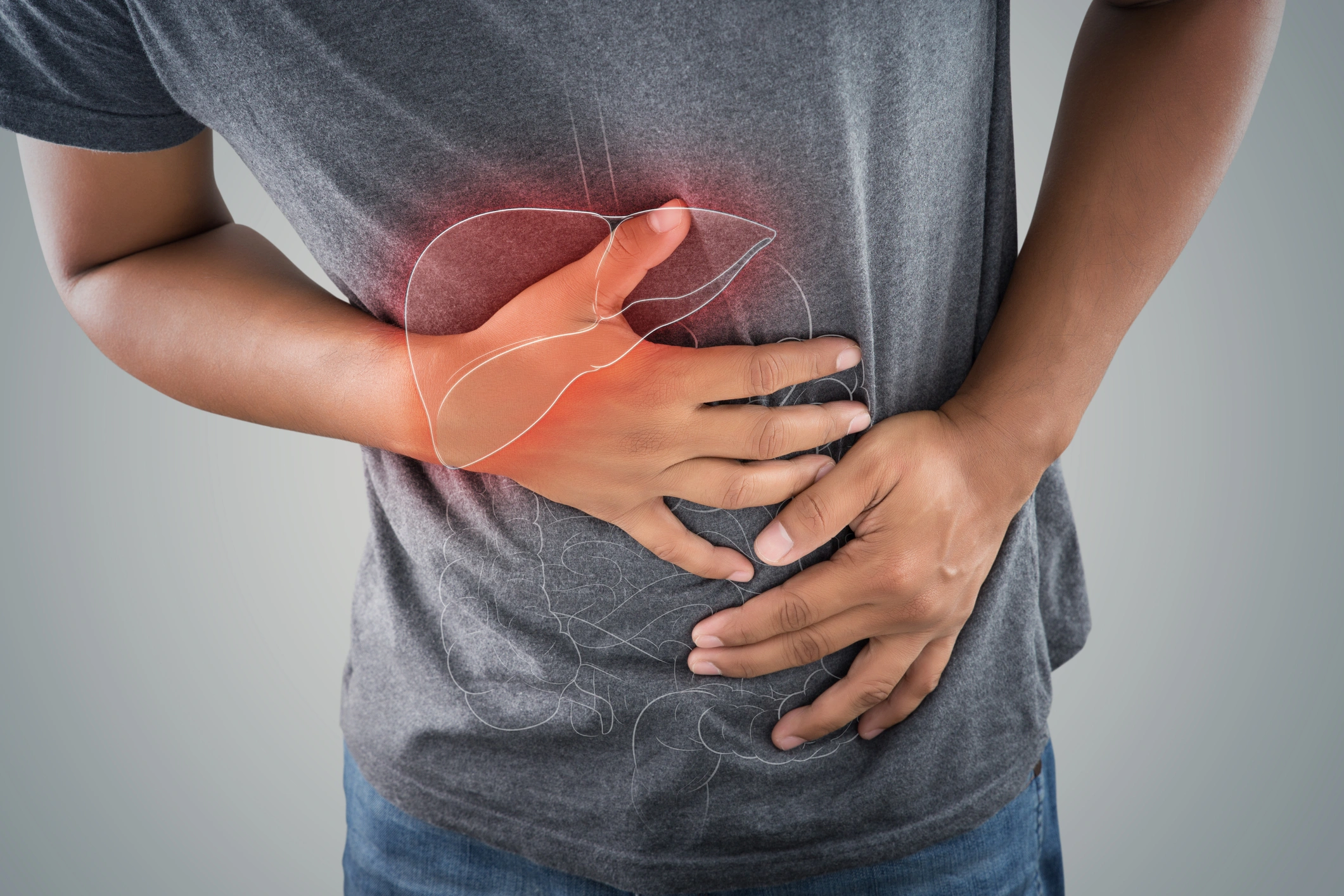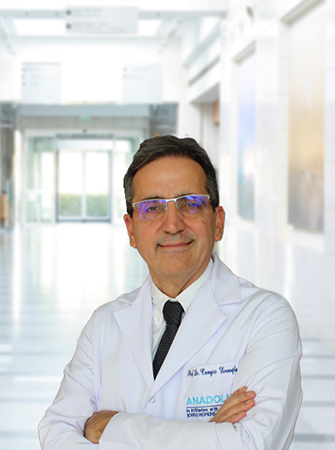
Cengiz Erenoğlu
Since 2022, he has been working as a general surgeon at Anadolu Health Ataşehir Medical Center.
Speciality
- Laparoskopik ve endoskopik obezite tedavileri (mide botoksu)
- Mide balon ve sleeve gastrektomi uygulamaları
- Endoskopik uygulamalar (gastroskopi kolonoskopi)
- Tiroid ve meme hastalıkları
- GİS cerrahisi
- Anorektal bölge cerrahisi (lazer hemoroid ablasyonu lazer fistül uygulamaları anal bölge botulinum toksin uygulamaları)
- İnguinal ve abdominal herniler
Education
- 1972 – 1977 Atatürk Primary School, Lüleburgaz
- 1977 – 1979 Lüleburgaz Secondary School
- 1979 – 1983 Kuleli Military High School, İstanbul
- 1983 – 1989 Gülhane Military Medical Faculty, Ankara
- 1989 -1990 Post-Graduate Training GATA Haydarpaşa Training Hospital
- 1992 -1996 General Surgery Specialization Training, GATA Haydarpaşa Training Hospital, Istanbul
- 1996 -1998 General Surgery Specialist, GATA Haydarpaşa Training Hospital, Istanbul
- 1999 Laparoscopic Surgery Course, IRCAD, Strasbourg, France Laparoscopic Research Fellow, University of Virginia, Charlottesville, Virginia, USA (1 year)
- 1998-2004 Assistant Professor of General Surgery, GATA Haydarpaşa Training Hospital, İstanbul December
- 2004 Associate Professor
- 2004 -2009 Deputy Chief Medical Officer, Adana Military Hospital, Adana
- 2009- 2013 Trakya University Faculty of Medicine, Department of General Surgery, Lecturer August
- 2010 Professor Trakya University Faculty of Medicine
Institutions Worked At
- Date and Place of Birth: 01 December 1965, Lüleburgaz/Kırklareli Social Status: Married with two children. Education, Training and Duties:
- 1972 – 1977 Atatürk Primary School, Lüleburgaz
- 1977 – 1979 Lüleburgaz Secondary School
- 1979 – 1983 Kuleli Military High School, İstanbul
- 1983 – 1989 Gülhane Military Medical Faculty, Ankara
- 1989 -1990 Post-Graduate Training GATA Haydarpaşa Training Hospital 29. Infantry Regiment Infirmary Chief Surgeon, Eleşkirt, Ağrı
- 1992 -1996 General Surgery Specialization Training, GATA Haydarpaşa Training Hospital, Istanbul
- 1996 -1998 General Surgery Specialist, GATA Haydarpaşa Training Hospital, Istanbul
- 1999 Laparoscopic Surgery Course, European Institute of Telesurgery, Strasburg, Fransa
- 2000 –2001 (1 year) Laparoscopic Research Fellow, University of Virginia, Charlottesville, Virginia, USA
- 1998-2004 Assistant Professor, GATA Haydarpaşa Training Hospital, Istanbul December
- 2004 Associate Professor
- 2004 -2009 Deputy Chief Medical Officer, Adana Military Hospital, Adana
- 2009- 2013 Trakya University Faculty of Medicine, Department of General Surgery, Lecturer
- 2010 Professor Trakya University Faculty of Medicine
- 2014-2015 Kolan International Hospital Şişli
- 2015-2019 Private Dr. Sadık Ahmet Hospital Chief Physician and General Surgery Specialist
- 2019-2022 Private Gebze Central ve Central Prime Hospital
- 2022 February - 2022 September Private Şafak Hospital Bağcılar
- 2022- Present - Anadolu Medical Center Ataşehir Medical Center
- European Association for Endoscopic Surgery (ISS/SIC)
- International Society of Surgery (E.A.E.S)
- Turkish Surgical Association
- National Society of Endoscopic-Laparoscopic Surgery
- Turkish Colon and Rectum Surgery Society
- National Trauma and Emergency Surgery Association
Selected International Publications
,1. S Oğuz, M., Kanter, M. Erboga, Erenoglu, C. “Protective Effect of thymoquinone against cholestatic oxidative stress and hepatic damage after biliary obstruction in rats” J Mol Hist; 43(2): 151-9. (2012).
2. Erenoglu, C., M. Kanter, B. Aksu, T. Sagıroglu, S. Ayvaz, C.Aktas and M. Erboga, “Protective Effecf of Curcumin on Liver Damage Induced By Biliary Obstruction in Rats”, Balkan Medical Journal; 28: 352-357 (2011).
3. Oncul O, Erenoglu C, Top C, Küçükardali Y, Karabudak O, Kurt Y, Akin ML, Cavuslu S, Celenk T.Necrotizing fasciitis: A life-threatinig clinical disorder in uncontrolled type 2 diabetic patients. Diabetes Res Clin Pract. May; 80(2): 218-23 (2008).
4. Erenoğlu, C., A. H. Uluutku, C. Top, M. L. Akın and T. Çelenk, “Might MRI Agents Cause or Worsen Acute Pancreatitis?” Turkish Journal of Trauma & Emergency Surgery Jan; 13(1): 78-9 (2007).
5. Mutlu H, Basekim CC, Silit E, Pekkafali Z, Erenoglu C, Kantarci M, Karsli AF, Kizilkaya E. Value of contrast-enhanced magnetic resonance cholangiography in patients undergoing laparoscopic cholecystectomy. Surg Laparosc Endosc Percutan Tech. Jun; 15(3): 133-6 (2005).
6. Demirbas, S, I. Ogun, T. Celenk, M.L. Akin, Erenoglu, C. and M.Yıldız, “Early outcomes of laparoscopic procedures performed on military personnel with total rectal prolapse and follow-up”, Surg Laparosc Endosc Percutan Tech., 14, 194-200 (2004).
7. Demirbas, S., M. Yildiz, A.H. Uluutku, M. Kalemoglu, Y. Kurt, Erenoğlu, C, M.L. Akin and T. Celenk, “Surgical treatment of ano-rectal gunshot injuries caused by low-velocity bullets”, Turkish Journal of Truma & Emergency Surgery, 10, 17-21 (2004).
8. Erenoglu, C,, A. Miller and B. Schirmer, “Laparoscopic Toupet Versus Nissen Fundoplication for the Treatment of Gastroesophageal Reflux Disease”, International Surgery, 88, 219-225 (2003).
9. Erenoğlu C, Uluutku H, Emeksiz S, Akin ML, Foley E, Celenk T.Effect of hyperbaric oxygen on anastomoses created under the influence of 5-FU. Undersea Hyperb Med. Winter; 30(4): 321-6 (2003).
10. Akın, M. L., H. Uluutku, Erenoglu, C, A. Karadag, B. M. Gulluoglu, B. Sakar and T. Celenk, “Tamoxifen and Gallstone Formation in Postmenopausal Breast Cancer Patients: Retrospective Cohort Study”, World J. Surg., 27, 395–399 (2003).
11. Schirmer, B., Erenoglu, C and A. Miller, “Flexible Endoscopy in the Management of Patients Undergoing Roux-en-Y Gastric Bypass”, Obesity Surgery,
12, 634-638 (2002). 12. Akın, M.L., H. Uluutku, Erenoglu, C,, E.N. Ilıcak, E. Elbuken, A. Erdemoglu and T. Çelenk, “Hyperbaric Oxygen Ameliorates Bacterial Translocation in Rats with Mechanical Intestinal Obstruction”, Dis. Colon Rectum, 45, 967-972 (2002).
13. Akın, M. L., B. M. Gulluoglu, Erenoglu, C., K. Dundar, K. Terzi, A. Erdemoglu and T. Celenk, “Hyperbaric Oxygen Prevents Bacterial Translocation in Thermally Injured Rats”, J. Invest. Surg., 15, 303-310 (2002).
14. Akın, M. L., B. M. Gulluoglu, H. Uluutku, Erenoglu, C,, E. Elbuken, S. Yıldırım and T. Celenk, “Hyperbaric Oxygen Improves Healing in Experimental Rat Colitis”, Undersea & Hyperbaric Medicine, 29, 279-285 (2002).
15. Erenoglu, C,, M. L. Akın, H. Kayaoğlu, T. Çelenk and A. Batkın, “Is Helium Insufflation Superior to Carbon Dioxide Insufflation in Bacteremia and Bacterial Translocation with Peritonitis?”, J. Laparoendosc. Adv. Surg. Tech. A, 11, 69-72 (2001).
16. Akın, M.L., Erenoglu, C,, A. Dal, A. Erdemoglu, E. Elbuken and A. Batkın, “Hyperbaric Oxygen Prevents Bacterial Translocation in Rats with Obstructive Jaundice”, Dig. Dis. Sci., 46, 1657-1662 (2001).
17. Erenoglu, C, M. L. Akın, H. Uluutku, L. Tezcan, S. Yıldırım and A. Batkın, “Angiogenesis Predicts Poor Prognosis in Gastric Carcinoma”, Dig. Surg., 17, 581-586 (2000).
18. Akın, M.L., Erenoglu, C,, E. Uncu, C. Basekim and A. Batkın, “Surgical Management of Hydatid Disease of the Liver: A Military Experience”, J. R. Army Med. Corps, 144, 139-143 (1998).
Selected National Publications
1. Erenoğlu, C., M.L. Akın, E. Filiz, S. Aydın, A. Batkın and T. Çelenk, "Emergency Surgery in Complicated Colorectal Cancers", Journal of Colon and Rectal Diseases, 7, 103-106 (1997).
2. Erenoğlu, C., M.L. Akın, S. Aydın, E. Filiz and A. Batkın, "The Effects of Vitamin E and Interferon in Postoperative Peritoneal Adhesion Prophylaxis (Experimental Study)" Journal of Contemporary Surgery, 11, 195-198 (1997).
3. Akın, M.L., Erenoğlu, C., and A. Batkın, "The Role of Free Oxygen Radicals in the Pathogenesis of Acute Pancreatitis and the Possible Therapeutic Effect of Vitamin E", Journal of Contemporary Surgery, 11, 132-136 (1997).
4. Akın, M.L., S. Aydın, Erenoğlu, C., E. Filiz, A. Batkın and T. Çelenk, "Pilonidal Sinus Treatment: Conservative Methods or Radical Surgery?", Journal of Colon and Rectal Diseases, 7, 138-142 (1997).
5. Akın, M.L., Erenoğlu, C., E. Filiz, A. Aslan and A. Batkın, "Rectal Prolapse and Surgical Treatment in Young Men", Journal of Colon and Rectal Diseases, 7, 143-147 (1997).
6. Akın, M.L., Erenoğlu, C., M. Karakaya, Ş. Yıldırım and A. Batkın, "Effects of Somatostatin on the Liver in Extrahepatic Biliary Obstruction", Journal of Contemporary Surgery, 11, 199-202 (1997).
7. Erenoğlu, C., M. L. Akın, K. Nuroğlu, Ş. Yıldırım and A. Batkın, "Langerhans Islet Cell Transplantation in the Treatment of Diabetes Mellitus", Journal of Endocrinology, 7, 46-49 (1998).
8. Akın, M. L., Erenoğlu, C., E. Filiz, S. Aydın and A. Batkın, "The Importance of Biochemical Parameters in the Early Diagnosis of Strangulated Intestinal Obstruction (Experimental Study)" Clinical and Experimental Surgery, 6, 63-67 (1998).
9. Akın, M.L., Erenoğlu, C., E. Filiz and A. Batkın, "Treatment of Intraoperative Minor Complications Occurring During Laparoscopic Cholecystectomy", Journal of Endoscopic Laparoscopic and Minimal Invasive Surgery, 5, 91-95 (1998).
10. Erenoğlu, C., M.L. Akın, Ş. Yıldırım, A. Dal and A. Batkın, "Primary Retroperitoneal Malignant Tumors", Journal of Contemporary Surgery, 13, 80-82 (1999).
11. Çavuşoğlu, M., M.L. Akın, Erenoğlu, C., Ç. Başekim, D. Demirel and A. Batkın, "Nipple Discharge and Microdocectomy", Journal of Breast Diseases, 6, 80-83 (1999).
12. Akın, M.L., Erenoğlu, C., Y. Mercimek, Ş. Yıldırım, E. Filiz and A. Batkın, "The Importance of Histopathologic Factors in the Prognosis of Breast Cancer", Journal of Breast Diseases, 6, 128-135 (1999).
13. Erenoğlu, C, M.L. Akın, H. Uluutku, G. Erdoğan, Ş. Yıldırım and A. Batkın, "Methylene Blue and Carboxymethyl Cellulose-Sodium Hyaluronic Acid in the Prevention of Postoperative Intraperitoneal Adhesions", National Journal of Surgery, 16, 156-161 (2000).
14. Akın, M.L., Erenoğlu, C., H. Uluutku, A. Batkın and T. Çelenk, "Prognostic Factors in Gastric Cancer: Analysis of 86 Cases", Clinical and Experimental Surgery, 8, 90-96 (2000).
15. Akın, M.L., Erenoğlu, C., H. Uluutku, E. Yücel, D. Demirel and A. Batkın, "Biochemical Parameters in the Diagnosis of Acute Appendicitis", Journal of Contemporary Surgery, 14, 115-118 (2000).
16. Akın, M.L., Erenoğlu, C., T. Çolak, T. Çelenk and A. Batkın, "Efficacy of Oral Flavonoids, Band Ligation and Sclerotherapy in the Treatment of Hemorrhoidal Disease", Journal of Contemporary Surgery, 14, 96-101 (2000).
17. Güllüoğlu, B. M., M.L. Akın, A. Barlas, Erenoğlu, C., A. Ö. Aktan and A. Batkın, "Is Routine Nasogastric Decompression Necessary After Colorectal Surgery? A Prospective Randomized Study", National Journal of Surgery, 16, 245-253 (2000).
18. Akın, M.L., Erenoğlu, C., H. Uluutku, A. Aslan, D. Demirel and A. Batkın, "Repair of Abdominal Wall Defects with Primary and Synthetic Graft (Experimental Study)", Journal of Contemporary Surgery, 15, 3-10 (2001).
19. Akın, M.L., B.M. Güllüoğlu, Erenoğlu, C., A. Yıldırım, Ş. Yıldırım and A. Batkın, "A Promising Factor in Determining Recurrence in Colorectal Cancers: Angiogenesis", Journal of Contemporary Surgery, 15, 162-166 (2001).
20. Uluutku, H., M.L. Akın, Erenoğlu, C., M. Yıldız, N. Urkaya and T. Çelenk, "Evaluation of the Efficacy of Nifedipine, Glyceryl Trinitrate and Botulinum Toxin in the Treatment of Chronic Anal Fissure", National Journal of Surgery, 17, 343-350 (2001).
21. Yıldız, M., S. Demirbaş, M.L. Akın, A.H. Uluutku, Y. Kurt, G. Candemir, Erenoğlu, C, and T. Çelenk, "Application of Cyanoacrylate in Colon Anastomosis: An Experimental Study", Journal of Contemporary Surgery; 16, 208-212 (2002).
22. Erenoğlu, C., H. Uluutku, S. Demirbaş, M.L. Akın, Y. Kurt, M. Yıldız and T. Çelenk, "Day Laparoscopic Cholecystectomy: Our First Experiences", Journal of Endoscopic Laparoscopic and Minimally Invasive Surgery, 9,189-192 (2002).
23. Erenoğlu, C., A.H. Uluutku, M.L. Akın, M. Kolay, S. Demirbaş, Y. Kurt, M. Yıldız and T. Çelenk, "The Effect of Enteral and Parenteral Nutrition on Colon Anastomoses", Journal of Contemporary Surgery, 17,13-18 (2003).
24. Erenoğlu, C., O. Öncül, H. Uluutku, M.L. Akın, Ş. Çavuşlu and T. Çelenk, "Fournier's Gangrene: Our 5-Year Clinical Experience", Journal of Contemporary Surgery, 17, 91-95 (2003).
25. Erenoğlu, C, A. Öztürk, H. Uluutku, Y. Kurt, S. Demirbaş, L. Akın and T. Çelenk, "Results of Laparoscopic Cholecystectomy in Patients Aged 70 Years and Older", Journal of Endoscopic Laparoscopic and Minimal Invasive Surgery, 10, 36-40 (2003).
26. Demirbas, S., Erenoglu, C., V. Atay, Y. Kurt, A. Api, M. Yildiz and T. Celenk, "Comparison of Early Results of Laparoscopic and Laparoscopy-Assisted Appendectomy Operations", Journal of Endoscopic Laparoscopic and Minimal Invasive Surgery, 11, 70-75 (2004).
Featured Cancer Articles
- 6 Nutrition Tips for Those Who Fast
- What is Disease X (Virus X)?
- How Does Cancer Form?
- What is an Ovarian Cyst?
- What is Cervical Cancer?
- What Are the Symptoms and Treatment Methods of Testicular Cancer?
- Symptoms, Diagnosis, and Treatment Process of Bladder Cancer
- Liver Cancer
- What is Stomach Cancer? What are Its Symptoms and Treatment?
- Thyroid: What is it, Symptoms, Diagnosis, and Treatment



